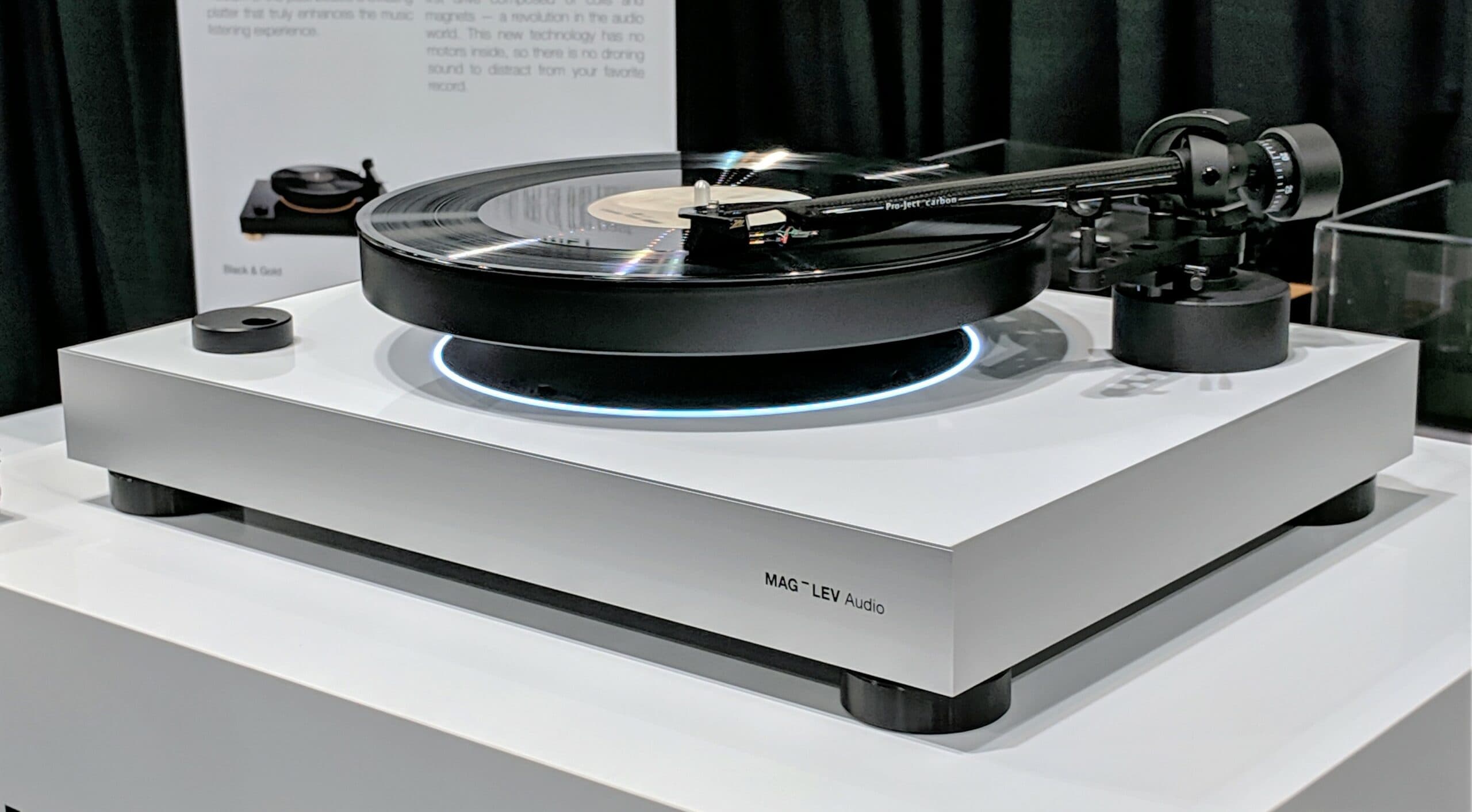Most of what the average person knows about the Vietnam War is gleaned from movies, TV dramas and documentaries like the one Ken Burns’ produced in 2018. Almost every one of those (even the documentary to an extent) revolves around the infantry: their horrific combat, courageous heroes and historic battles.
What everybody doesn’t know is that for every infantryman, there were between 6-7 soldiers working to support the infantry in a myriad of ways. Put another way, less than 20% of the guys in Vietnam were in the infantry. The +80% of us that weren’t ‘grunts’ have ALL kinds of stories to tell even if they’re not ‘war’ stories, per se.
Since getting back from Vietnam, I’ve occasionally shared my experiences (orally) with interested friends and acquaintances. Subsequently, a number of them asked why more vets aren’t willing to talk about their experiences in Vietnam.
Over the years I’ve given that question some thought and here’s what I think . . .
It’s possible the vet feels like his stories might not live up to the heroic expectations his audience might have. If a soldier was a mechanic or cook or electrician or had one of the scores of non-combat jobs, he might not think he had a story worth telling ’cause it was just a ‘job’ – a job that wouldn’t be very much different (except for the heat, humidity, bugs, snakes, exposure to disease and various, constant threats of death) in any other place.
He may have done regrettable stuff – participated in or witnessed atrocities. Or the guy may have been unheroic in a life-threatening situation. Unless you were there, there’s no possibility you could understand the reasons for the decision(s) guys in those situations made and there’s no way to predict who’s going to hold someone in contempt over what they did or didn’t do.
Maybe the vet killed in self-defense but hasn’t come to grips with the moral or emotional consequences. Even if a person killed out of self-preservation, beliefs might condition him to feel guilt. And what would the reactions of others be if you told them?
What if the vet suffers from PTSD? A vet probably isn’t going to share much if he’s haunted by nightmares.
What if the vet had participated in some kind of retribution against one of our guys?! Or what if he had fathered or ‘might have fathered’ a child while there? Or something else? Only that vet knows – the ghost of regret wears a thousand faces.
All Vietnam vets as well and their peers grew up hearing about WWII from their parents, TV shows, TV documentaries and the movies. We all knew only too well how heroically our side had answered the call and subsequently won. The Vietnam vet’s story could never favorably compare to the justifiable heroics of WWII.
Even though we may have won every battle in Vietnam, ultimately, the war was lost. For a vet to tell his story, he has to tell it in spite of the military failure even if it wasn’t our failure.
Let’s not forget how unpopular the war was or how little fanfare accompanied the vets’ return after serving. Some of us even had to endure criticism for our participation!
Last but not least, a vet may not be all that verbal – he may not know how to tell his story – he may not be a good storyteller or writer.
It could be a combination of some or all of the above.
I wasn’t dissuaded.
When I considered writing my recollections of Vietnam, I didn’t know where it would lead – 50 years had past before I got inspired to record those experiences. How many stories did I have/how many could I remember? How well could I tell them? And, of course, would anybody care?
Regardless, I launched into it and like a line of dominoes, one story after the other seemed to fall from my memory onto the page.
I’ve tried to keep the prose real without being vulgar. Some events involve themes that include sex, drugs and gore. It gets very personal, somewhat controversial and, at times, there’s no way to avoid how gruesome it was.
Some (friends) would suggest simply omitting potentially offensive events. I haven’t done that. It would reduce my story to a histrionic, year-long sleepover in Vietnam. Censoring those parts would make the story not worth telling.
This is what I experienced – it’s complete and it’s true. Nothing is added, nothing is invented.
My story may seem unusual, but there were tens of thousands of non-infantry, Vietnam vets who confronted similar situations, challenges, screw-ups and disasters. Every G.I. having boots on the ground in Vietnam during the war would have stories like these. When added to the existing narrative, I believe these stories help to complete the picture of what happened during those tragic times.
July 13, 1968: DAY 1
. . . I landed in Vietnam. No, it wasn’t a Friday.
My immediate impression was, ‘I’m going to have to get used to this heat’ which, luckily, I eventually did.
At the ‘In Country’ orientation I couldn’t not be distracted by these 2-foot long lizards darting in and out of holes on the side of a bull-dozed dirt berm 30 feet from where I was seated . . . over and over again. They’d scurry out of one and into another – it seemed surreal and totally appropriate.
Then somebody passed out duty assignments and loaded most of us on a Chinook helicopter – the first of dozens of chopper flights – the only way to get anywhere in Vietnam.
I don’t think I was issued my M16 – everyone’s constant companion – until I got to my artillery battery in Chu Lai. We didn’t visit the mess hall, take a shower or sleep without having our M16 nearby. I didn’t keep a round in the chamber, but the 20-round clip was always inserted and always full.
The dress code in the field was somewhat relaxed – shirts were optional. Mustaches were okay but had to be neatly trimmed. All buttons and insignia’s were embroidered with black thread – shiny objects on one’s shirt were visible from long range by snipers. All the clothing issued to us was OLIVE DRAB GREEN – the socks, undershirts, handkerchiefs and boxer shorts.
I was 10,000 miles from home, surrounded by an invisible enemy sworn to kill me if he got the chance and total stranger-comrades whose implicit priorities were to stay away from danger and keep themselves safe above all else. It wasn’t ‘every man for himself’, but it felt like it to this new arrival.
I was disoriented and anxious. If there had been a cause worth fighting for, it might have been different, but there wasn’t. The thought of spending the next 364 days in this primitive, dangerous country was overwhelming – like being in a tunnel without a flashlight.
Day 21
My first military mission was to accompany Sergeant Bob on a ‘search and capture’. Our battalion commander (a Lieutenant Colonel) wasn’t happy with the folding, wood-framed cot Uncle Sam had provided. He directed us to find and procure an inner spring mattress and steel frame so that he could sleep better. Sergeant Bob knew just where to look.
At daybreak (or maybe after breakfast) we set out for the Naval base a couple miles away.
The base was somewhat shocking – it felt like we weren’t in Vietnam anymore. The buildings looked like they had been flown over from the States! They were so much better built than the crude, sandbag-covered bunkers and wood-frame hootches us Army guys had. There were even sidewalks and some landscaping. It was a different world.
We entered one of the buildings and there was a Navy bed, waiting in the entry for us – it had a six-inch thick mattress on a steel frame with crisscrossed steel wire support.
After some obligatory small talk, Sergeant Bob disappeared, presumably to work out the deal. Visions of TV’s Ernie Bilko bartering for a case of beer flashed through my mind.
When he returned, we quickly loaded the bed on our ¾-ton utility vehicle and we were off. Mission accomplished.
I didn’t get to see the Lt. Colonel’s reaction, but he must have been pleased – it was quite the upgrade.
Now, I don’t know what naval rank a G.I. needed to qualify for this luxurious bedding in a combat zone, but I’m pretty sure a seaman didn’t have to be a Lt. Colonel and DIDN’T have to trade a case of Jameson. For the sake of comparison you should know that ‘Lt. Colonel’ is two ranks below General.
So all you mothers out there take note: don’t let your sons grow up to join the Army – the Navy has the best beds.
Day 34
According to Commanding General, Westmoreland, to ultimately win THE WAR, we G.I.’s first needed to win the hearts and minds of the South Vietnamese people. So the commanding officer of the 3rd of the 16th Artillery thought he would do his part by providing material support for an orphanage in Quang Ngai. Naturally, he delegated the actual work to Sergeant Bob who organized a convoy to hand deliver medical supplies and some toys.
Sergeant Bob had a job for me, too: gunner on the lead jeep.
I don’t remember thinking I had any choice in the matter and besides, it sounded kind of adventurous. Famous last thoughts.
Quang Ngai was maybe 40 miles south of LZ Cherry Hill. The route was infamous Highway 1, which was routinely mined overnight by Charlie. What us worry?
Our jeep was equipped with an M60 machine gun mounted in the jeep’s middle, behind the front seats. The convoy consisted of only 3 or 4 vehicles.
It was a beautiful, sunny day. Highway 1 had more potholes than any road I’d ever been on and we took it slow – 25 MPH or less. I wore my helmet and flak jacket and kept one hand on the M60 to keep it from flopping around.
Up to that point I had never fired a machine gun on ‘full automatic’ and was itching to fire the M60. I negotiated with Sergeant Bob to test the gun. At some point when we seemed to be in the middle of nowhere, he motioned to stop and pointed in the direction I should fire. It worked just fine.
Quang Ngai was more than a village but not quite a city. The orphanage had two stories, some big trees and lots of kids. My job was to mind the vehicle while most of the other guys delivered the goods.
Once the mission was accomplished we were off towards Cherry Hill. At some point I remember the driver getting impatient with the pace and speeding up.
Almost immediately, the cotter-pin holding the M60 on the mount gave out while I was holding the gun with both hands. In the blink of an eye, me and it were airborne. Both of us landed on the gravel road hard. I remember thinking I’m going to get run over, but the driver of the deuce and half (truck) behind us saw everything and stopped in time.
One hand and forearm and one knee were scraped and my brand-new birthday watch had a smashed crystal, but I was fine. Sergeant Bob and the driver instantly ran to my aid and were extremely apologetic. I was shaken but slightly embarrassed by all the fuss.
The driver took it slower and I cradled the M60 like Schwarzenegger in Terminator for the remainder of the trip.
[We’ll have another installment from Michael’s book, 363 Days in Vietnam, in the next issue of Copper. You can see the book on Amazon, here.—Ed.]


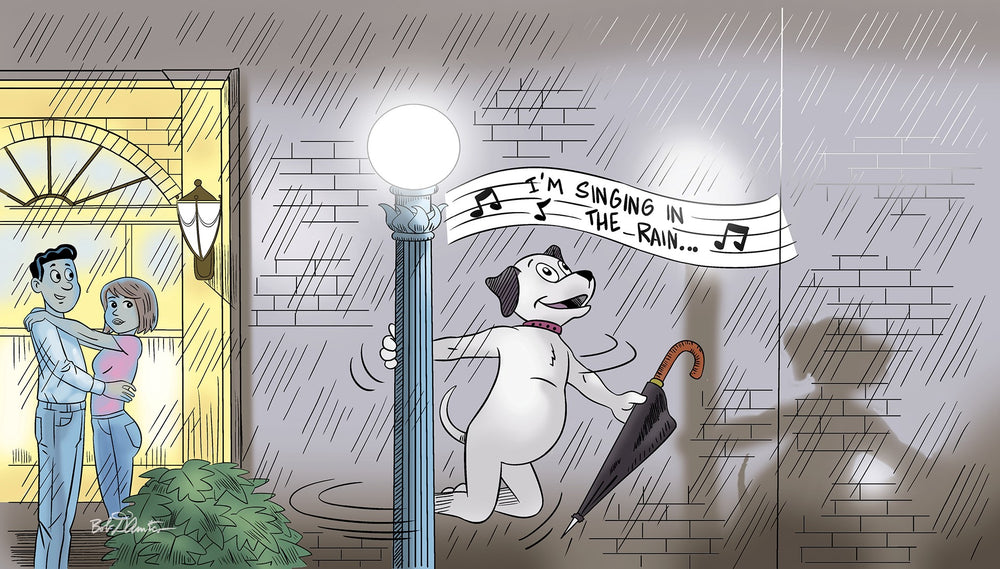

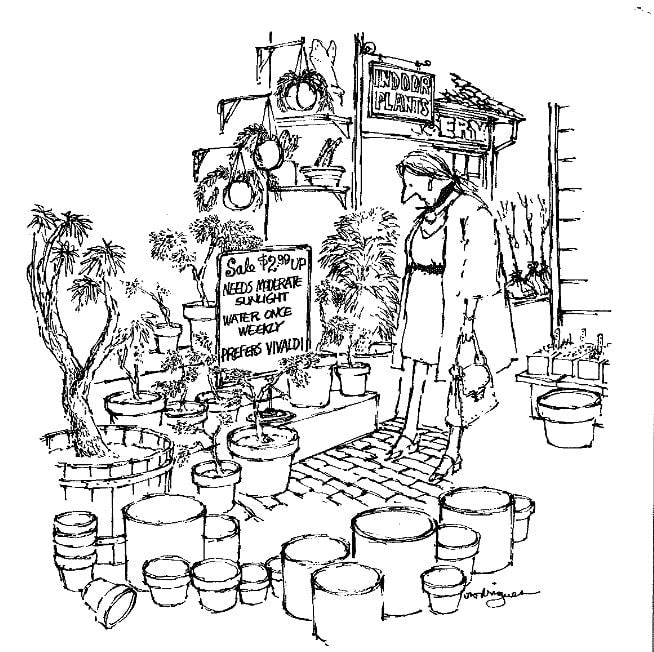








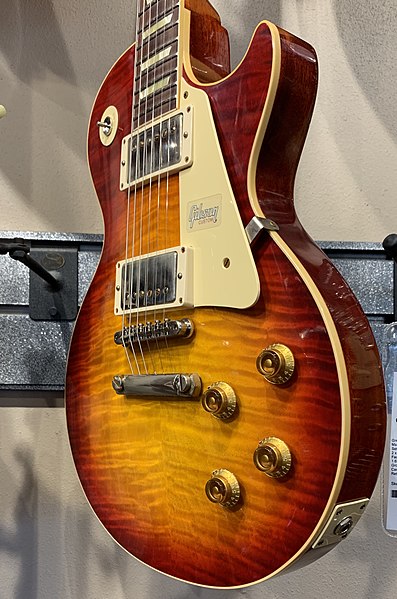
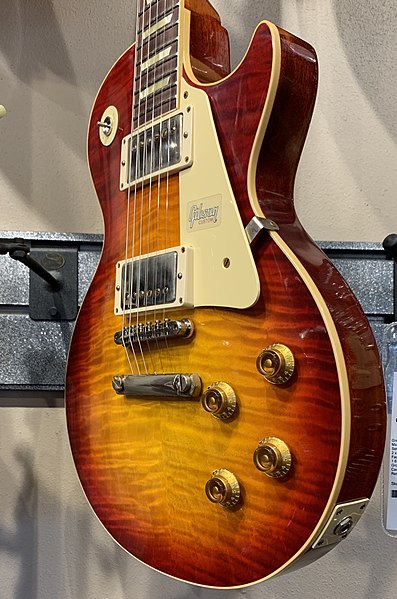
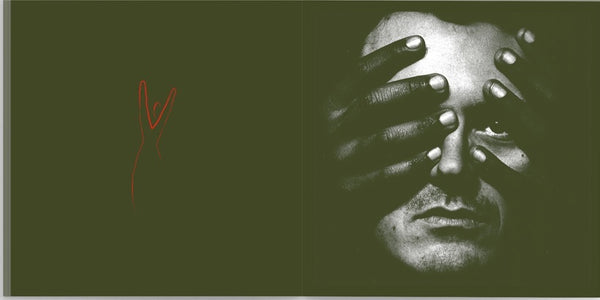
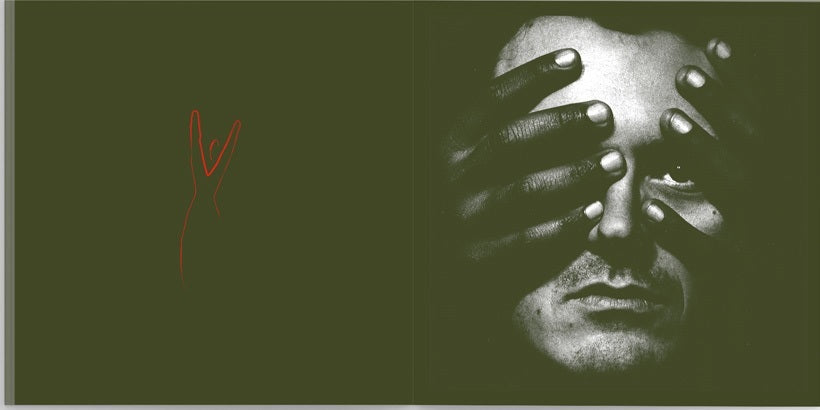

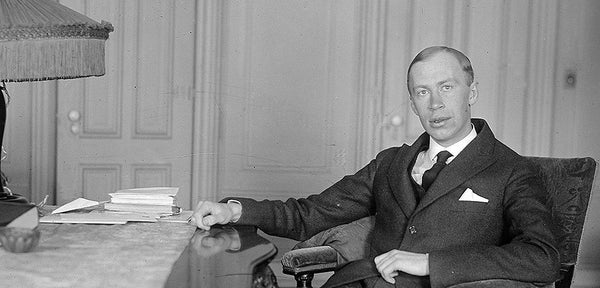
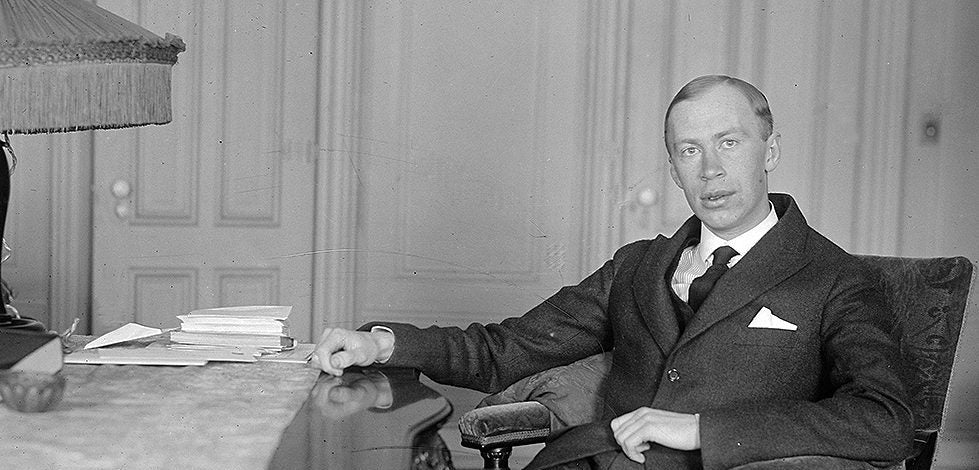

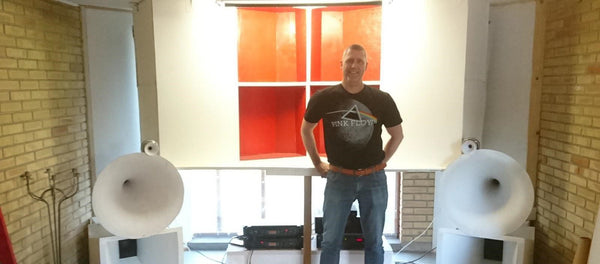


 Molding the horn form
Molding the horn form











